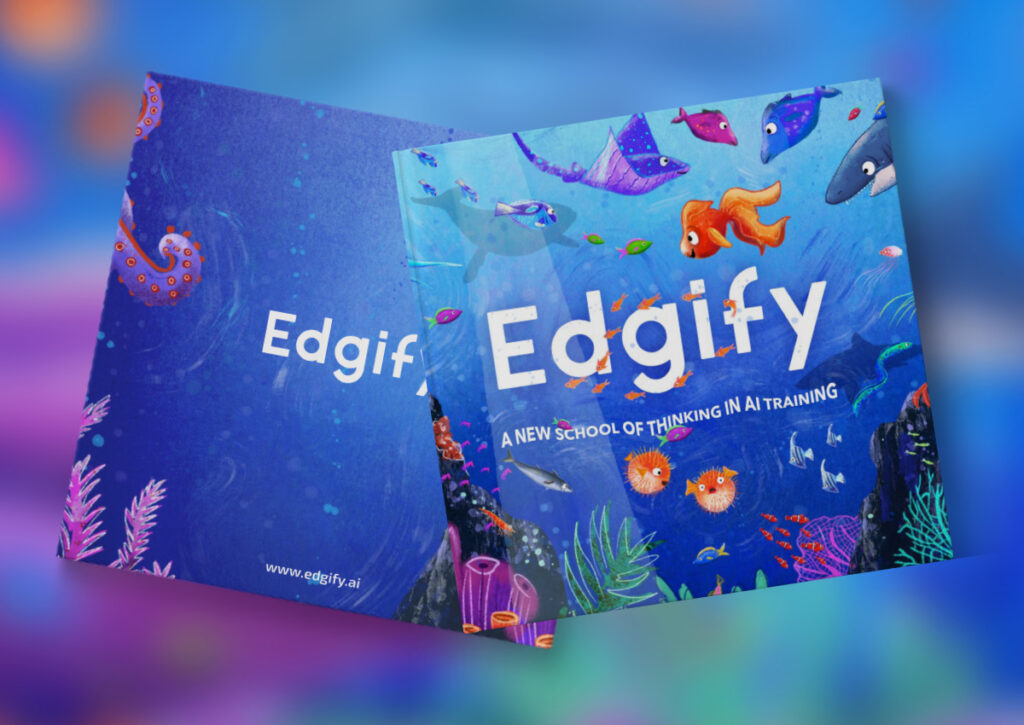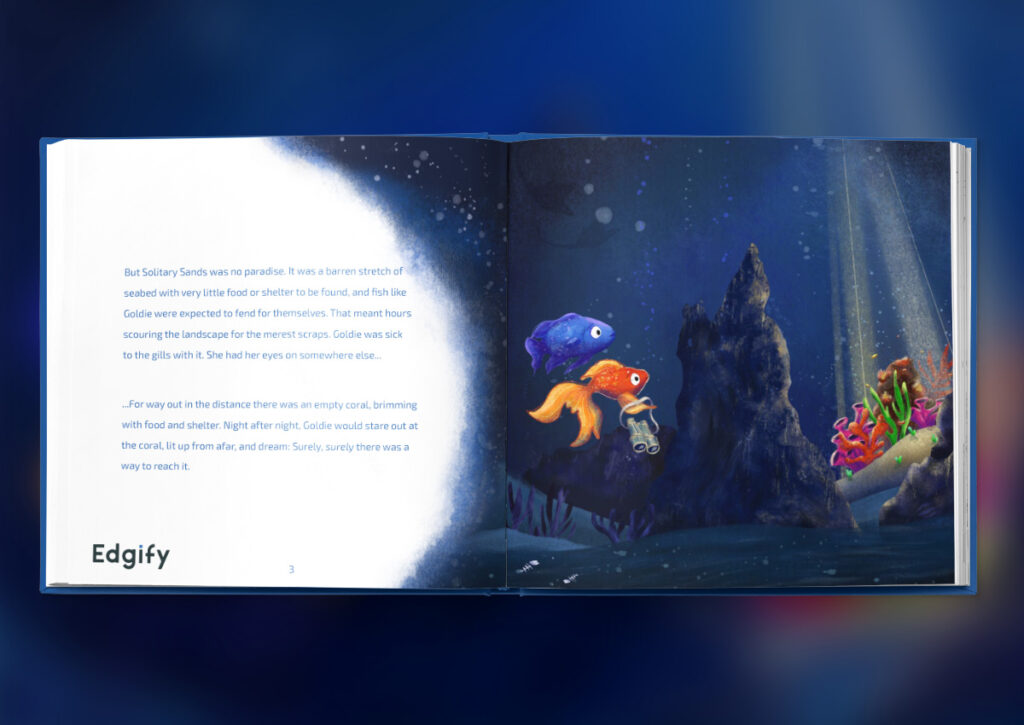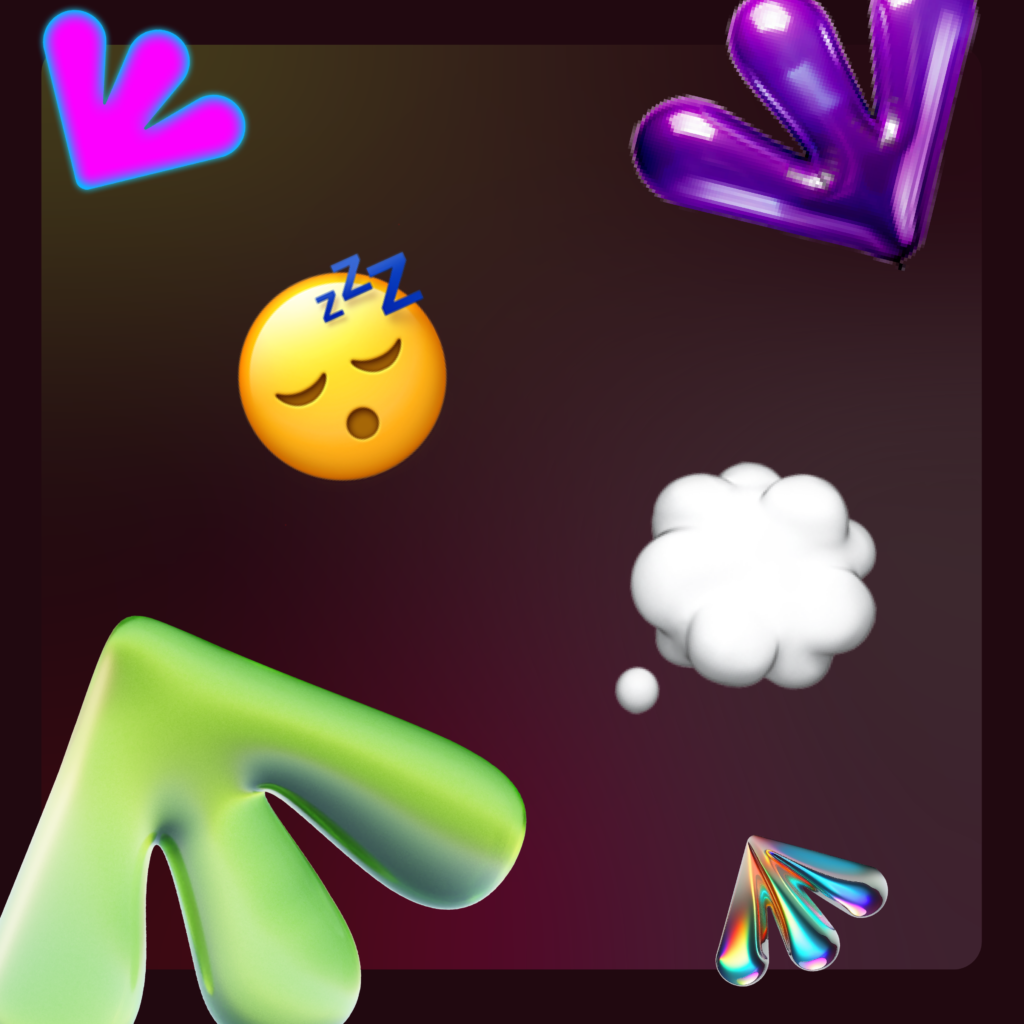“The best way to get buyers to remember your content? Distil thought-leadership into bitesized pieces, tell great stories, and give readers something new to experience.”
Content marketing is more important than ever for brand differentiation and credibility. After all, 68% of buyers believe B2B brands all sound and act the same.
But getting your message in front of buyers is a difficult task, not least because they’re living in a virtual Times Square. Prospects are bombarded 24/7 with brand messages, whether they come from the swarms of AI-generated blogs, search snippets, social ads, LinkedIn posts, emails, newsletters, display ads…
The result? 80% of people forget the majority of information from branded content after only three days, and over half can’t recall a single detail.
As marketers, we need to remember that B2B buyers in 2025 are simultaneously over-and under-whelmed.
- They’re busy. They haven’t got time to read a 5000-word whitepaper or watch a 30-minute webinar.
- They’re sceptical. They don’t trust brand claims and want to find information quickly, at a time that suits them.
- They’re distracted. They’ve already forgotten about the blog they skimmed on your website three weeks ago.
What they want is…
- Self-serve content libraries that span across the funnel
- Interactive content formats like benchmarking tools or ROI calculators
- Thought-provoking insight that challenges perceptions
- Powerful storytelling that resonates on an emotional level
- Snippets of valuable information based on expertise and/or data
So, how do we make this happen? How do we get buyers to remember our content?
Atomise: Distil insight into its simplest form
Create a bank of technical content and by all means, explore thought leadership through long-form whitepapers. But also provide readers with bitesize takeaways and recommendations on how to turn insight into action.
You can do this by creating snappy executive summaries for reports, building interactive microsites with elements of gamification, and turning long-form videos into social-first content.
By creating content libraries with a mixture of content formats and lengths, you give readers the choice of absorbing information quickly or diving deep into a topic at a time that suits them.
Look at McKinsey’s Five Fifty as a great example of atomisation.
Craft: Turn information into an emotive story
Stories are 22 times more memorable than facts and figures. If you want a prospect to understand your product or remember your brand, then tell them a story that will trigger an emotional response. This will help ensure your brand goes deep into the readers’ hippocampus (the part of the brain that stores long-term memory), which drives greater brand recall.
For a very literal piece of storytelling inspo, check out the illustrated book we created for our client Edgify.


Differentiate: Focus on distinctiveness
If all your competitors have the same take on AI in their blogs, or are conducting the same industry research for their ebooks, then you’ll quickly join the sea of the same. To stand out, you need to surprise readers, whether that’s through tone, insight or execution. For example, you could create pieces of thought-leadership centred around a controversial opinion, or even create a high-value tool that can help prospects do their job more effectively. It could even be creating a music video based on industry research like our award-winning campaign for Addleshaw Goddard.
Co-create: Diversify perspectives with influencers
Reading branded content is like listening to the same album on repeat. At some point, you’re going to want to hear from someone else. That’s why it’s important to feed in a variety of different perspectives to any thought-leadership content, whether that’s the voice of internal experts, potential buyers, industry innovators or social media influencers. Surveys, interviews, creative partnerships – they all help build brand trust and capture a wider reach of people interested in your content.
There you have it. Four tactics that’ll help you create content B2B buyers actually want to read.


 Selbey Anderson Group of agencies
Selbey Anderson Group of agencies